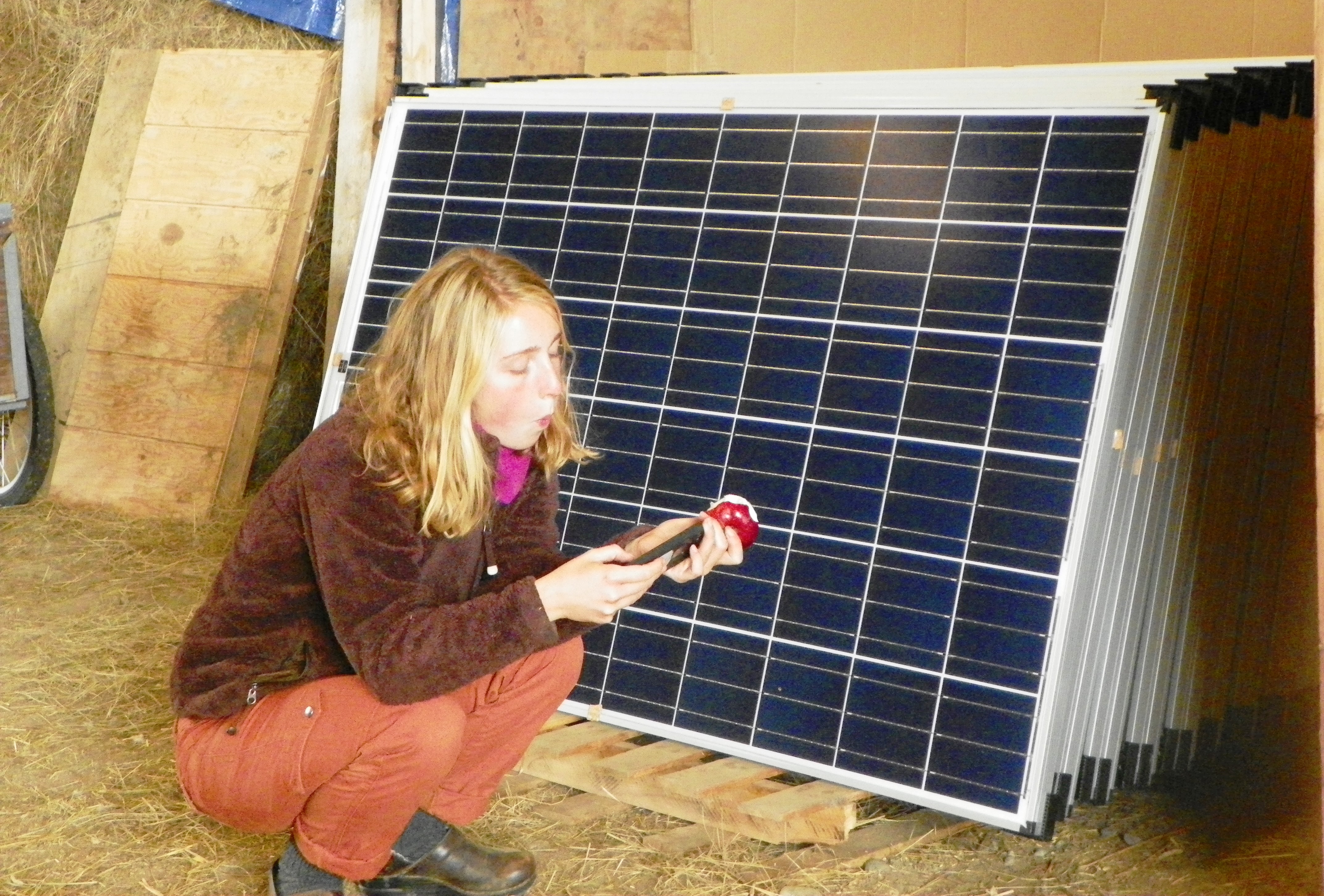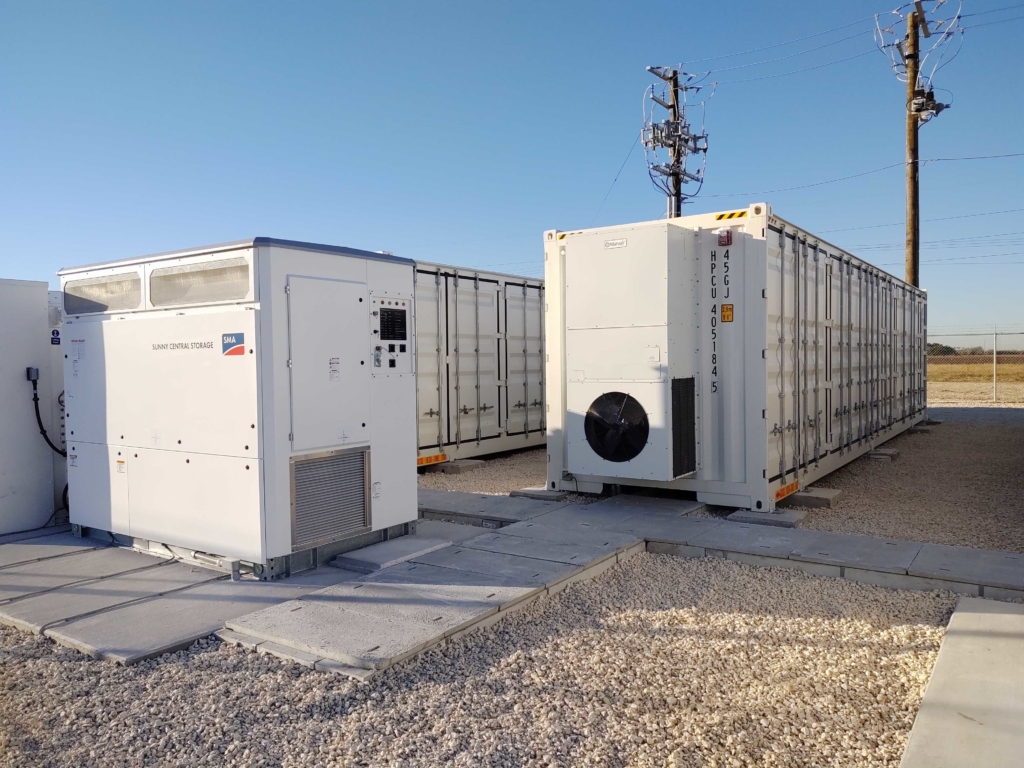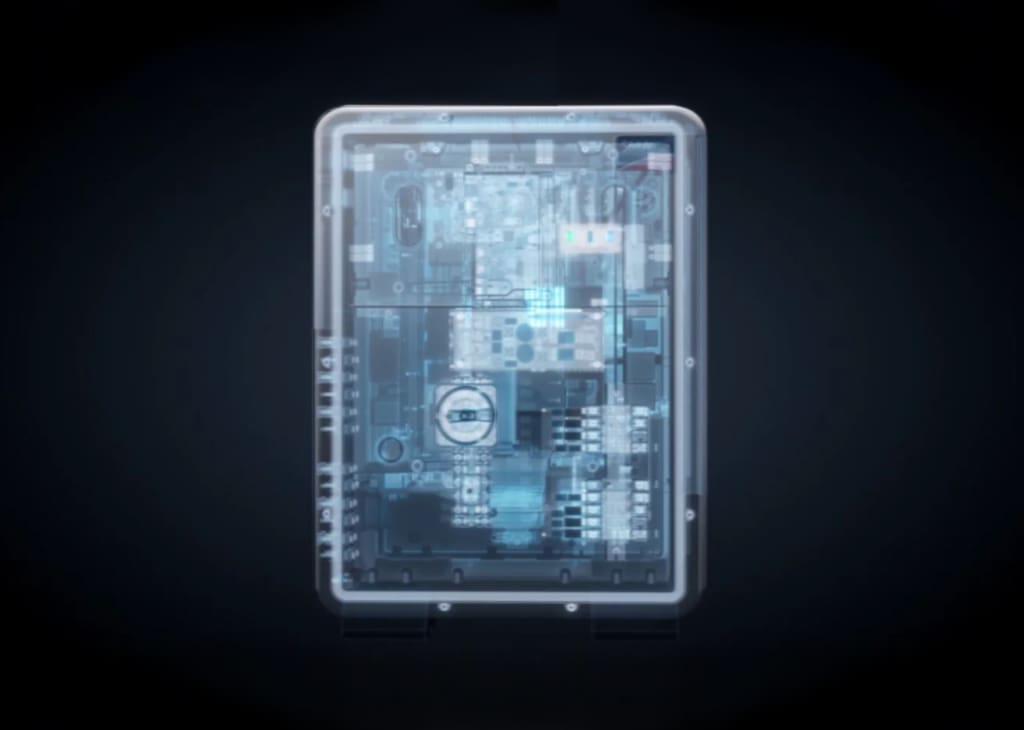Real- world experience: college students design and build solar-powered barn
College of the Atlantic in Bar Harbor, Maine is taking its classroom outside for serious hands-on know-how in its renewable energy practicum program. Lead by Professor Anna Demeo, Ph.D., students learn the ins-and-outs of building design and how to incorporate renewable energy during the planning stages.
But before they’re allowed to pick up any tools, they must show competency in the classroom and a high understanding of how their designs impact the build, in terms of labor, overall costs and lifetime efficiencies. In terms of planning the solar system that would accompany the barn, that meant learning old-school system design and perfecting it using virtual design software.
All costs considered
Students were tasked with comparing three different manufacturers for each major system component (modules, inverter, racking, etc.) and finding the best performing system based on cost per watt and annual kilowatt hours of energy generated. After weighing the options, students presented, or pitched, their system design for approval before their peers.
Students selected a Sunny Boy 5000TL-US inverter for their system, taking into consideration its high efficiency, dual input channels and OptiTrac™ Global Peak shade mitigation, which, when combined, made it more efficient that a module-level system for the same energy generation.
Once all the system components were selected, students took to SMA’s free design software, Sunny Design, to re-create their initial design and learn the ins-and-outs of digital system design and inverter stringing. After procuring the needed equipment, it was back to the barn build and only a matter of time before the roof was ready for the solar install.
From the classroom to daily life
College of the Atlantic has graduated many students into the field of renewable energy, including some that have gone on to start their careers as professionals in the solar industry. College officials and Professor Demeo advocate for fighting climate change by working to eliminate carbon emissions across the campus and, in doing so, teaching students how they can take that knowledge into the working world to continue making a positive difference.
Future projects for practicum students will focus on community solar, involving ground-mount designs and the often intricate financing models that accompany them. Given the need for more renewable energy and the availability of consumers whose homes might not work well for a standard residential system, the renewable energy application workshop should have no shortage of future projects to help their surrounding community.





Feel free to contribute!